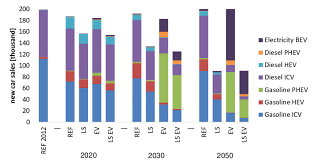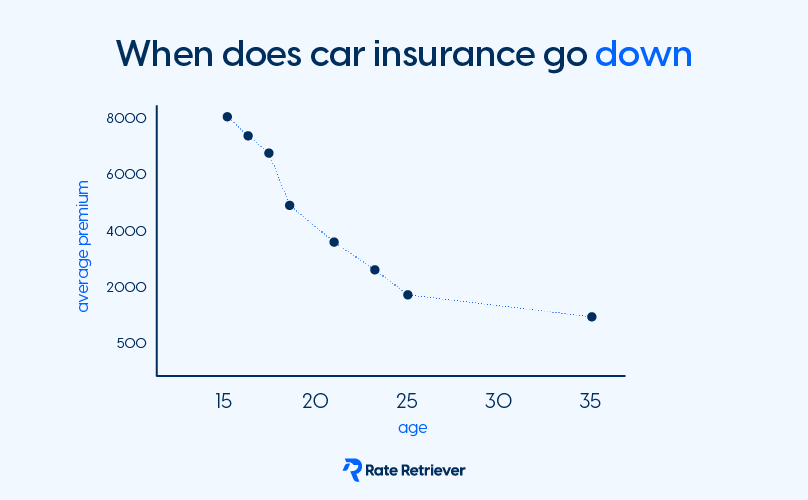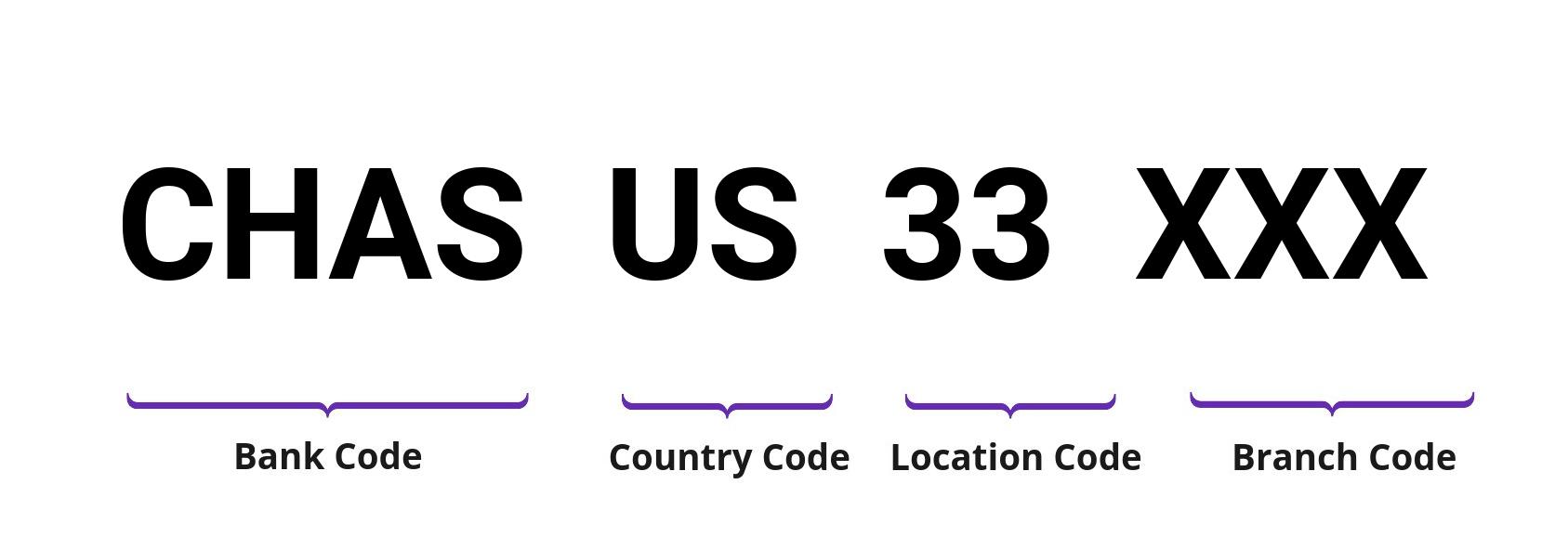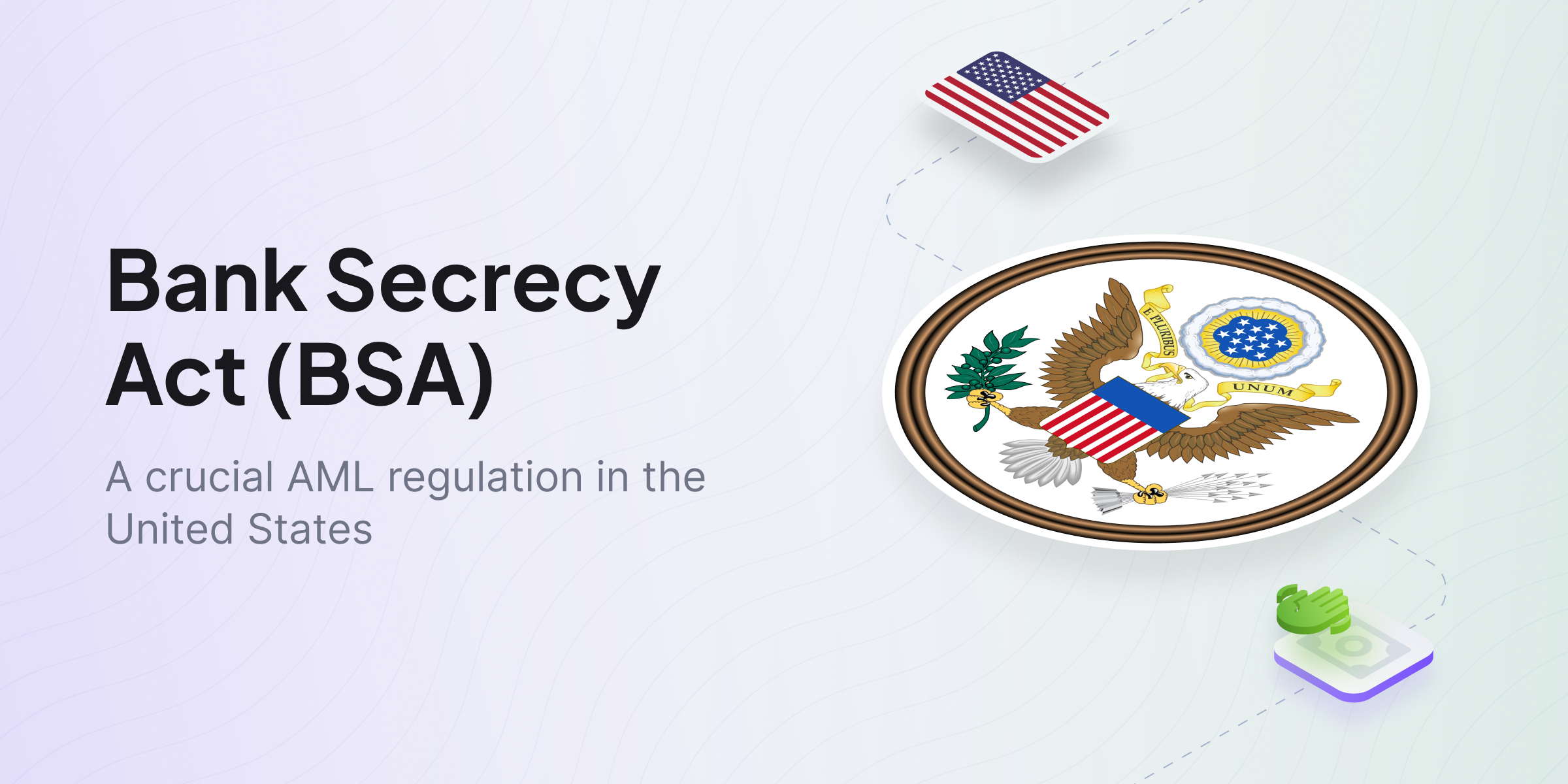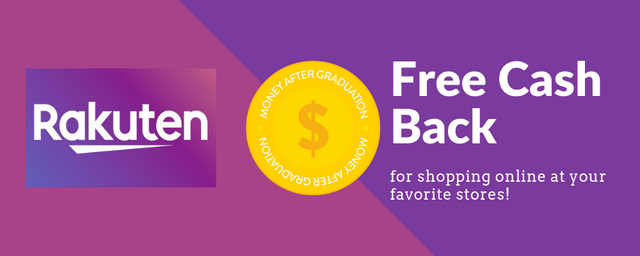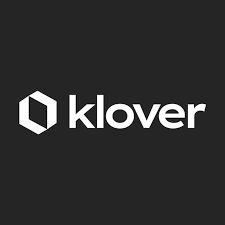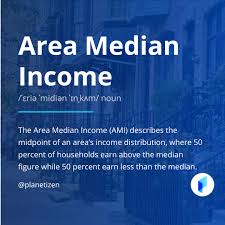Managing personal finances is more critical than ever in today’s fast-paced world. With countless budgeting apps on the market, picking the right one can make or break your financial progress. Two of the most popular contenders in this space are YNAB and Mint. But when it comes to YNAB Vs Mint, which one should you go for?
In this comprehensive guide, we’ll dive deep into the YNAB Vs Mint debate to help you understand which budgeting tool aligns with your lifestyle, spending habits, and financial goals.
Overview: What Is YNAB and What Is Mint?
What Is YNAB?
YNAB stands for You Need A Budget, and it’s a zero-based budgeting app designed to help you give every dollar a job. Launched in 2004, YNAB focuses on proactive budgeting—helping users plan their spending in advance instead of tracking it after the fact.
What Is Mint?
Mint, owned by Intuit (the company behind TurboTax), is a free budgeting app that aggregates your bank accounts, credit cards, and bills into a single dashboard. Mint is popular for its automated expense tracking and ease of use.
YNAB Vs Mint: Feature Comparison
Let’s break down the core features of both apps to understand how they stack up.
1. Budgeting Philosophy
- YNAB:
Uses zero-based budgeting, encouraging users to assign every dollar a job. This method increases awareness of where money is going and promotes intentional spending. - Mint:
Offers more of a passive budgeting experience. It automatically categorizes transactions and tracks spending but doesn’t necessarily push users to be proactive.
✅ Winner in “YNAB Vs Mint” budgeting philosophy: YNAB — Ideal for users who want total control over their budget.
2. User Interface and Experience
- YNAB:
Clean, spreadsheet-style interface focused on budgeting first. The learning curve is steeper, but the design is purpose-driven. - Mint:
Visually appealing and beginner-friendly. Easier for users new to budgeting, with colorful charts and simplified overviews.
✅ Winner in “YNAB Vs Mint” interface: Mint — More accessible for beginners.
3. Automation and Account Syncing
- YNAB:
Offers bank syncing but requires manual input for optimal results. Prioritizes mindful budgeting over full automation. - Mint:
Fully automated account syncing and categorization. You link your bank, and it does the rest.
✅ Winner in “YNAB Vs Mint” automation: Mint — Superior syncing and real-time expense tracking.
4. Goal Setting and Tracking
- YNAB:
Strong emphasis on goal setting. You can assign goals to budget categories, track progress, and get notifications when falling behind. - Mint:
Allows goal setting for paying off debt, saving, or planning for future expenses, but it’s not as detailed as YNAB.
✅ Winner in “YNAB Vs Mint” goal setting: YNAB — More nuanced and customizable.
5. Reporting and Analytics
- YNAB:
Provides detailed financial reports, including net worth, spending trends, and income vs. expenses. - Mint:
Offers decent visuals and reports but lacks the depth and flexibility YNAB provides.
✅ Winner in “YNAB Vs Mint” reporting: YNAB — Offers richer insights for budget nerds.
6. Bill Tracking and Alerts
- YNAB:
Doesn’t offer in-built bill tracking but allows custom categories for recurring payments. - Mint:
Includes robust bill tracking and sends alerts when bills are due, helping prevent late payments.
✅ Winner in “YNAB Vs Mint” bill tracking: Mint — A clear advantage for bill management.
7. Security and Privacy
Both YNAB and Mint use bank-level encryption and offer two-factor authentication. However, Mint being owned by Intuit and offering ads and product suggestions can be a privacy concern for some.
✅ Winner in “YNAB Vs Mint” security: YNAB — No ads and more privacy-oriented.
8. Pricing
- YNAB:
Subscription-based. $14.99/month or $99/year after a 34-day free trial. - Mint:
Free to use but ad-supported. Optional premium version available.
✅ Winner in “YNAB Vs Mint” pricing: Mint — Free for most users.
YNAB Vs Mint: Who Should Use Which App?
Choose YNAB If You:
- Want a hands-on approach to budgeting.
- Follow zero-based budgeting.
- Are working toward specific financial goals like debt payoff or savings.
- Don’t mind a subscription fee for premium features.
- Prefer not to see ads in your financial tools.
Choose Mint If You:
- Prefer a free app with automation.
- Want real-time tracking and alerts.
- Like visual dashboards and quick overviews.
- Need bill reminders and credit score monitoring.
- Are new to budgeting and want something simple.
Pros and Cons: YNAB Vs Mint
YNAB Pros:
- Exceptional budgeting tools.
- Goal tracking features.
- No ads.
- Strong community and customer support.
YNAB Cons:
- Steep learning curve.
- Paid subscription.
- Fewer integrations than Mint.
Mint Pros:
- Completely free.
- Easy to use and set up.
- Includes credit score tracking.
- Great for passive budgeting.
Mint Cons:
- Ads can be intrusive.
- Less control over budgeting categories.
- Occasional syncing issues.
What Users Are Saying About YNAB Vs Mint
YNAB users often say it transformed how they view and manage money. Many mention how it helped them pay off debt and build savings quickly.
Mint users appreciate its convenience and real-time insights but sometimes express frustration with ad clutter and syncing glitches.
YNAB Vs Mint for Couples and Families
Both apps offer shared access, but YNAB’s structure is more conducive to collaborative budgeting. You can budget together in real time, with clear categorizations and goals.
Mint’s automated nature is better for individual use or for those who want a hands-off joint account view.
✅ Winner in “YNAB Vs Mint” for families: YNAB
Which App Is More Scalable?
When comparing YNAB Vs Mint for long-term use, YNAB stands out. Its goal-oriented philosophy grows with your finances. Mint is great for quick insights but may feel limited as your finances become more complex.
✅ Winner in scalability: YNAB
FAQs About YNAB Vs Mint
Q: Is YNAB worth the money?
A: Yes, especially if you’re serious about budgeting and want to gain control over your spending.
Q: Can I use both YNAB and Mint together?
A: Yes, but it may be redundant. Choose one based on your preference for automation vs. control.
Q: Does Mint sell my data?
A: Mint doesn’t sell personal data but shows financial product ads based on your profile.
Q: Which is better for saving money?
A: YNAB — its system is built to help you prioritize savings and long-term goals.
Final Verdict: YNAB Vs Mint — Which One Should You Go For?
The choice between YNAB Vs Mint ultimately comes down to what kind of budgeter you are.
- If you’re ready to actively manage your money, create plans, and reach ambitious financial goals, YNAB is the better pick.
- If you prefer a free, automated, and hands-off approach, then Mint is a great place to start.
There’s no one-size-fits-all answer, but now that you have the full picture of YNAB Vs Mint, you can confidently make the right decision for your financial future.
Conclusion
Both YNAB and Mint are excellent tools, but they cater to different audiences. YNAB offers depth, precision, and empowerment, while Mint provides simplicity, automation, and ease. When it comes to YNAB Vs Mint, ask yourself how involved you want to be with your money — and let that guide your choice.







